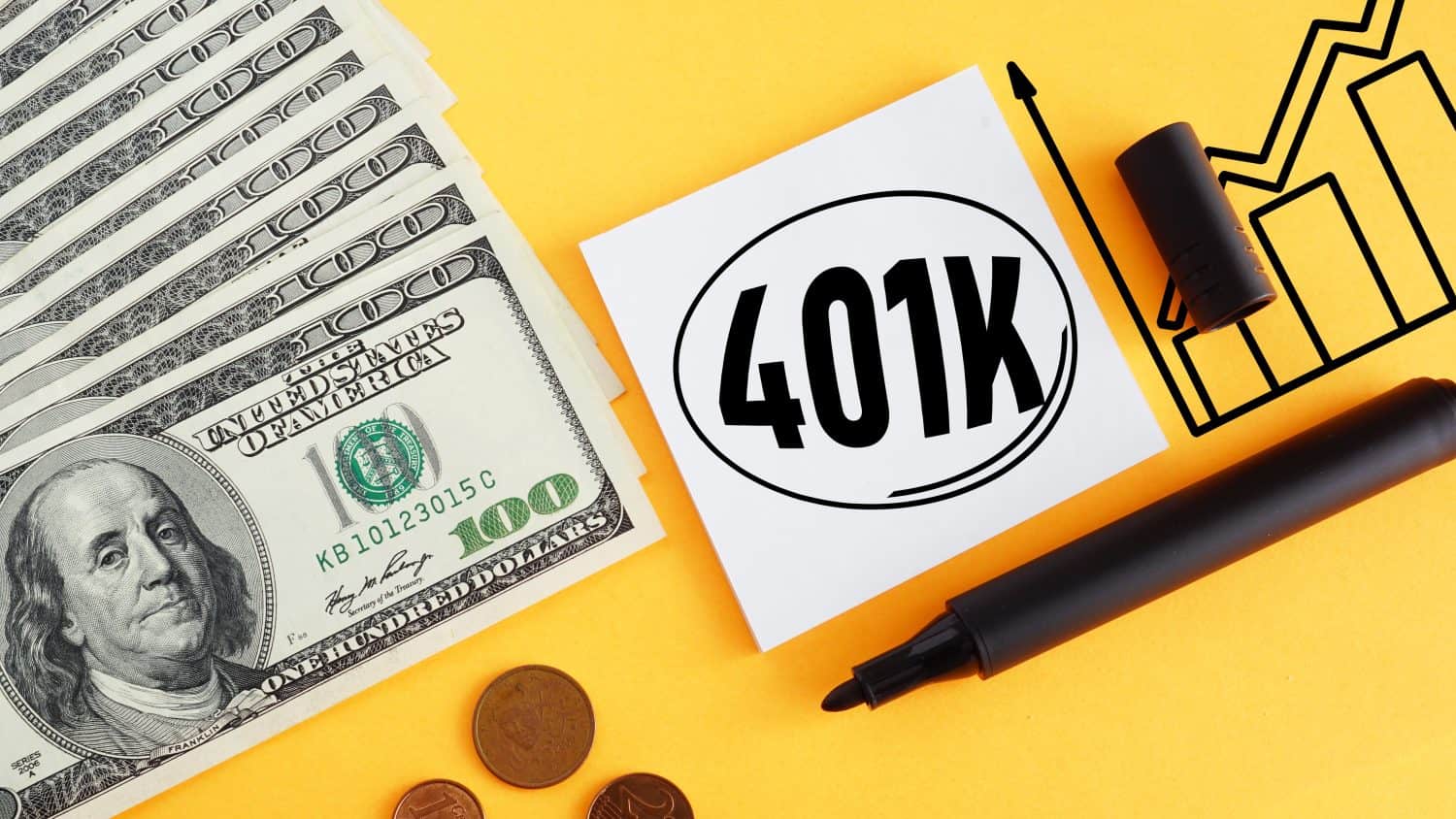Personal Finance
4 Critical Steps to Take to Maximize the Power of Your 401(k) This Year

Published:

Investing in a 401(k) can help you build wealth for retirement.
You should make sure you choose the right type of 401(k) if your employer offers both a traditional and a Roth option.
It’s important to rebalance your investments each year as well, in order to ensure you are exposed to the right level of risk.
Retiring early is possible, and may be easier than you think. Click here now to see if you’re ahead, or behind. (Sponsored)
A 401(k) is one of the most powerful investing tools available. If you have a 401(k), you can invest easily for retirement by having money taken directly from your paychecks and put away for your future. You also get some really valuable tax breaks for your contributions.
Since this account is such a good one for setting yourself up for your later years, it’s important that you make the most of it. The good news is, these four tips will help you to maximize the power of your 401(k) plan in 2025 so you can get on the fast track to financial success.
First and foremost, you want to make sure you’re using the best 401(k) plan available to you. Depending on your employer, you may have two options:
Traditionally, most employers only offered a traditional 401(k) — hence the name. However, a growing number of companies are making Roths available. If you expect your tax bracket to be higher as a retiree than the rate you’re currently paying, you should likely opt for the Roth and defer your tax savings.
If you have already contributed to a traditional 401(k), you should most likely leave that money alone as a Roth conversion has a lot of consequences in terms of taxes and ability to access funds. You can change course and start contributing to a Roth in the upcoming year, though, if you want to ensure you have some tax-free withdrawals available as a senior.
Once you have decided on the right account, you must decide how much to contribute to it. While the old rule of thumb was to invest 10% of income, most experts don’t think that’s sufficient anymore as projected future returns have shrunk at the same time as people are living longer. So, the amount you thought you should invest may not be good enough.
Your best bet is to estimate future needs and then use the calculators at Investor.gov to input your current savings balance, projected future returns, and target retirement date. This will enable you to decide exactly how much to invest each month to be on track for a secure retirement. if you aren’t sure how to estimate future needs, some experts suggest just assuming you’ll need 10 times your annual income. It’s better to come up with a personalized number on your own or with the help of a financial advisor though.
If you aren’t anywhere near contributing your recommended rate and you can’t increase contributions enough to hit your target, you’ll still want to adjust how much to invest this upcoming year. If you received a raise, redirect at least half to your 401(k) immediately so you don’t have time to get used to having the extra money. Then you won’t miss it. If you don’t get a raise, try to inch up your contributions by just 1% or so at first. If you can live comfortably with that, up the amount again in a few months so you slowly get used to living on less.
It’s not just how much money you put into your account that matters. It’s also what you do with it. Your 401(k) funds need to be invested, and you should adjust those investments annually to make sure you have the right ones.
Many 401(k) accounts offer target-date funds aimed at simplifying the process of asset allocation. You choose a fund based on your desired retirement date, and your money is invested in an appropriate mix of assets so you’re exposed to the right level of risk. While this sounds simple and easy, target date funds often come with higher fees. You’ll have the management fees associated with the target date fund and any fees that are charged on the investments purchased within the fund, so it can be hard to get a clear answer on how much you’re paying to invest.
Unfortunately, when you are investing over the long term, paying unnecessarily high fees can add up and come at a big cost. Your own risk tolerance may also not match up perfectly with the generic approach taken by target date funds, especially if you have other investments outside of the 401(k).
The reality is that asset allocation does not have to be complicated, and it is something you can aim to do yourself to optimize your 401(k) without investing in an expensive target date fund. You’ll need to adjust each year as you get closer to retirement and have less time to wait out downturns, but that’s not hard. Just subtract your age from 110 to see how big of a percentage of your portfolio should be in the stock market, then make sure you’re buying a diverse array of different assets with the money you’re putting in equities. For example, you might decide to put:
As you age, if you want to take on even less risk, you can opt to move more money into large caps, which tend to be more conservative. The process is really easy, as you can just use a funds screener to find an ETF or mutual fund offered in your 401(k) that charges low fees and provides exposure to all of these different kinds of investments.

By signing up to max out your match, using the right kind of 401(k), and picking the right investments, you can put this retirement-saving powerhouse account to work for you and set yourself up for future success with the decisions you are making in 2025.
Retirement planning doesn’t have to feel overwhelming. The key is finding expert guidance—and SmartAsset’s made it easier than ever for you to connect with a vetted financial advisor.
Here’s how it works:
Why wait? Start building the retirement you’ve always dreamed of. Click here to get started today!
Thank you for reading! Have some feedback for us?
Contact the 24/7 Wall St. editorial team.